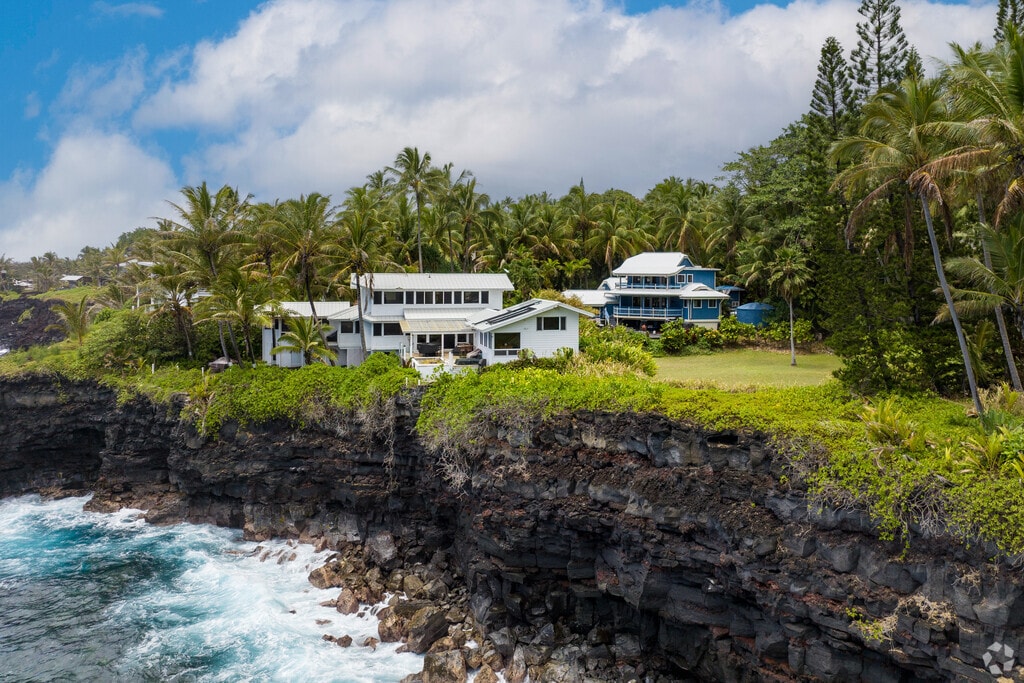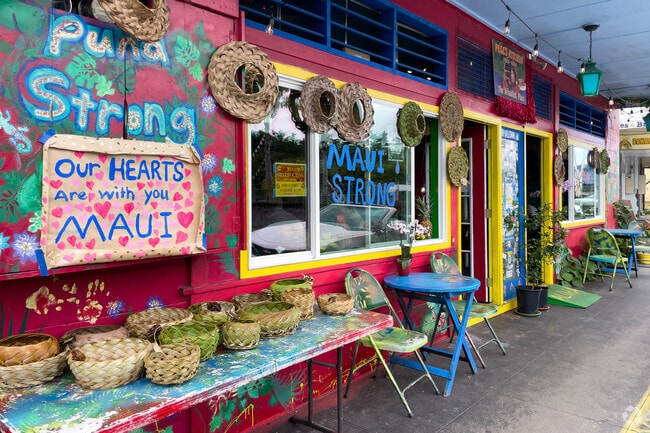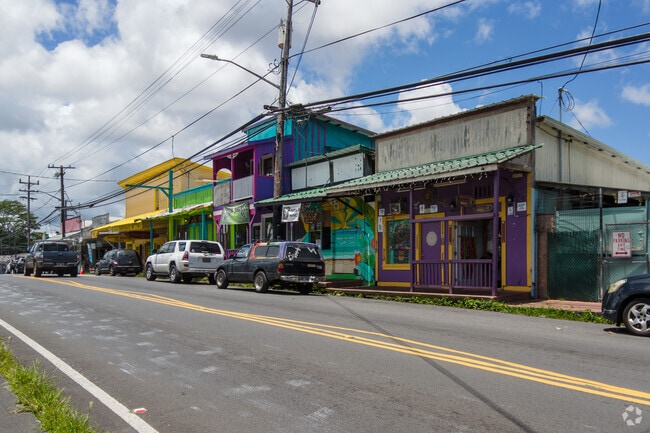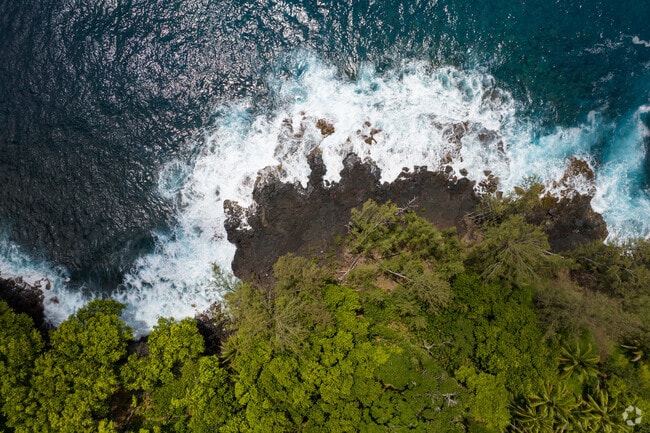Pahoa offers rural living near the Big Island’s southeastern shore
Pahoa is a rural town on the southeastern coast of Hawaii’s Big Island, where tropical landscapes are intertwined with blackened streaks of lava rock. “It’s very beautiful and green and untouched in a lot of places,” says Realtor Justice Pang of Exp Realty, who grew up in the area. “There are some new homes, but in a lot of ways, it feels like the old Hawaii. It looks the same as it did when my dad was growing up here.” In addition, Pahoa is known for its lively downtown district, and residents enjoy small-town living with easy access to local restaurants, markets and shops.
Pahoa is situated near several active volcanoes, and lava flows are an issue in this part of the island. A major eruption in 2018 destroyed homes, roads and land in the community, leaving behind barren, black lava rock in its wake. The town is about 19 miles south of Hilo, and about 30 miles from Hawaii Volcanoes National Park.
Seaside and forest homes in active volcanic zones
Pahoa includes the town of Pahoa as well as residential communities such as Hawaiian Beaches, Nanawale Estates, Ainaloa, Leilani Estates and Seaview. The area offers a diverse range of homes, including midcentury ranch-style homes, recently built contemporary homes and seaside bungalows. Some offer sweeping views of the coastal and mountain scenery. The roads are rural, narrow and quiet. Prices range from approximately $100,000 to $450,000. The 2018 volcanic eruption on the island resulted in a major lava flow that destroyed homes and roads in Pahoa, including in Leilani Estates. “It had a huge impact on the community. A lot of people lost their homes, and some people are still displaced today,” Pang says. “It’s part of the reason this area is so affordable, because there is some risk.”
Parks, beaches and lava monuments offer outdoor escapes
Parks and open spaces are a big draw for Pahoa residents. The town is situated near coastal scenery and sprawling state and national parks, while also featuring a handful of community parks. Locals can take advantage of Pahoa District Park, which includes ball fields, a skate park and an outdoor swimming pool at the Pahoa Aquatic Center. The town is also home to the Lava Tree State Monument, which features ancient trees frozen in time by molten lava flows. Coastal scenery and ocean views are found at Waiakahiula Beach Park, Lighthouse Beach and the MacKenzie State Recreation Area. Pahoa is about 30 miles from Hawai’i Volcanoes National Park, which encompasses both Kilauea and Mauna Loa, the island’s two largest volcanoes. It was listed as a World Heritage Site in 1987.
Pahoa has award-winning dining and small-town grocery options
Pahoa may be small, but it boasts several highly rated local eateries. Kaleo’s Bar & Grill is a longstanding local eatery known for its Hawaiian, American and Asian-inspired cuisine. It’s an eight-time winner of Honolulu Magazine’s Hale Aina Award, which recognizes the state’s best restaurants. Pele’s Kitchen is a colorful breakfast, brunch and coffee spot in the heart of town, while Black Rock Café has a classic diner atmosphere. Groceries and everyday goods can be found at Island Naturals Market & Deli and Malama Market. “You really don’t have to leave Pahoa to get everything you need,” Pang says. For big-box stores and major chains, residents typically make the trip to Hilo.
Local public schools earn C ratings and serve all grade levels
Students can start school close to home at Pahoa Elementary School, which serves kindergarten through sixth grade. The final step is Pahoa High & Intermediate School. Both schools earn C ratings from Niche. Pahoa High & Intermediate opened in 1910 and offers a variety of student clubs and after-school activities, including sports teams, yearbook club and more.
Keaau-Pahoa Road connects the area to Hilo and the airport
Keaau-Pahoa Road is the primary corridor connecting the area to Hilo. There are several Hele-On bus stops in the center of town for those who need public transportation, but most residents will need a car to get around. Hilo International Airport is approximately 20 miles away and offers flights to other Hawaiian Islands and the West Coast. Hilo Benioff Medical Center, the nearest major hospital, is about 21 miles away.
![Paul Peck]()
Photography Contributed By
Paul Peck












